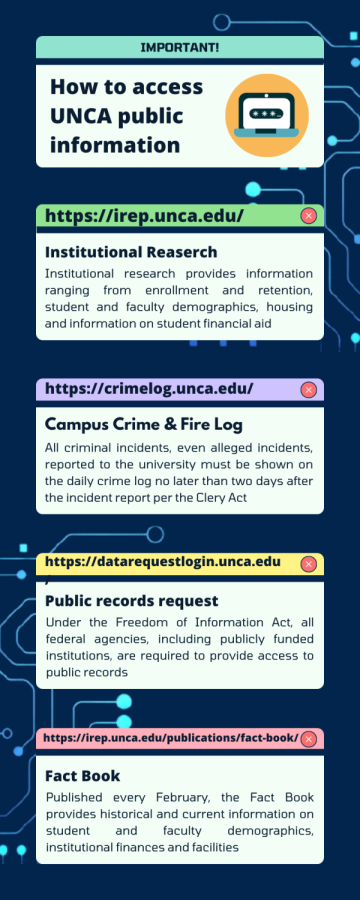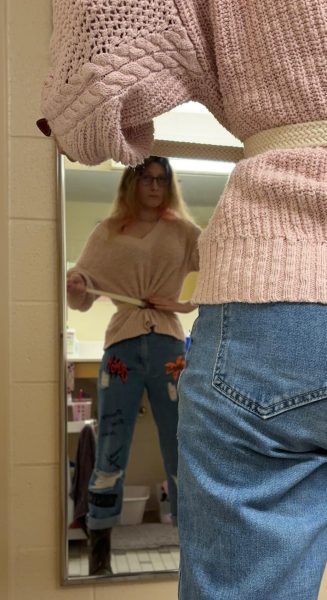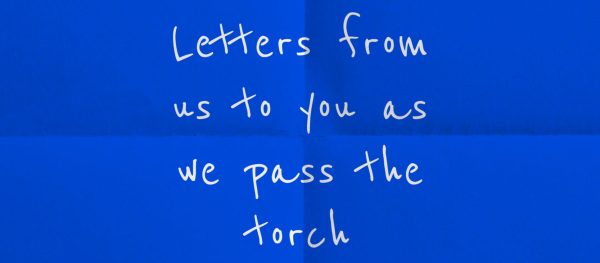Calling for better campus transparency

While working on a recent article about campus police, I ran into the common, yet frustrating issue of being redirected toward UNC Asheville’s communications department. So what did I say to get redirected?
“Just to clarify the information I gathered, how many full-time police officers are currently employed by the public safety department?”
The person on the other end of the call was open to helping me out, but unfortunately did not know the answer and told me they would call me back when they found out.
While giving them my information, I told them I was working on an article for publication in the Blue Banner and that I was a student journalist. After receiving a call back I was told to email the communications department as that was the answer they received.
I wasn’t surprised but I did find it hypocritical as not too long before, the campus made a statement to increase transparency, yet when it comes to obtaining information or asking simple questions to university police, they are tight-lipped.
What’s the difference between me asking a question as a student and for a publication? What’s the difference between a non-student journalist asking a question and posing the response on YikYak or Unca.anon?
Prior to calling the police department, I called the Health and Wellness center asking for clarification on how many counselors were employed by the department and I got an answer on the same phone call.
I also called campus police at Appalachian State University for clarification and Western Carolina’s health and wellness center about their numbers and got a response in the same call.
On top of having to run through multiple loopholes, my writers also have to deal with being ghosted by sources and being redirected to other people, even if they have done the research and know who they want to interview.
If UNCA is going to make promises to be more transparent, they should start by making it easier for students to receive answers. There should be no difference in how information is given to students or student journalists. Especially when every student has access to social media.
Students no longer need to directly contact their student news organizations to voice their opinion as social media allows anyone to post anything. The only difference between the two groups is that student journalists are taught how to navigate resources in the public domain.
When an institution fails to give students adequate answers to questions they have or make it more difficult for them to obtain answers, they fail in their mission to protect the interest of students.




















